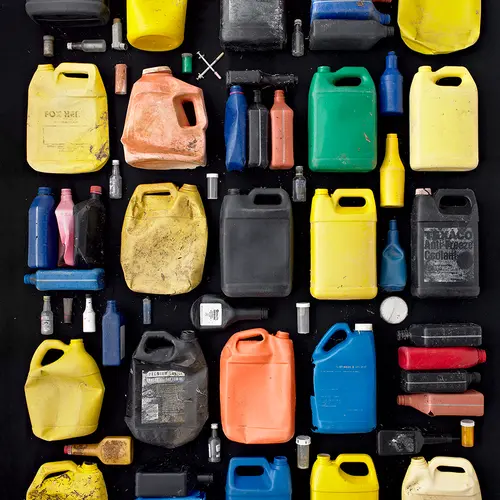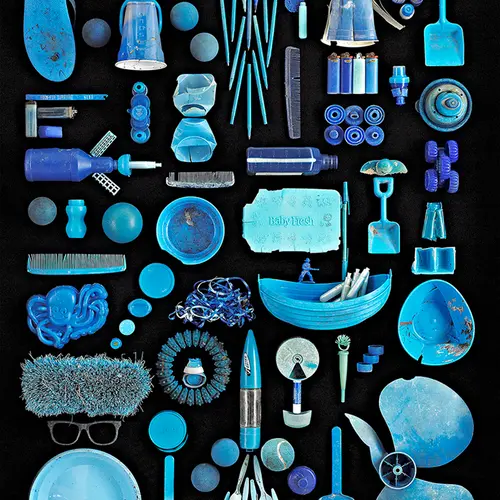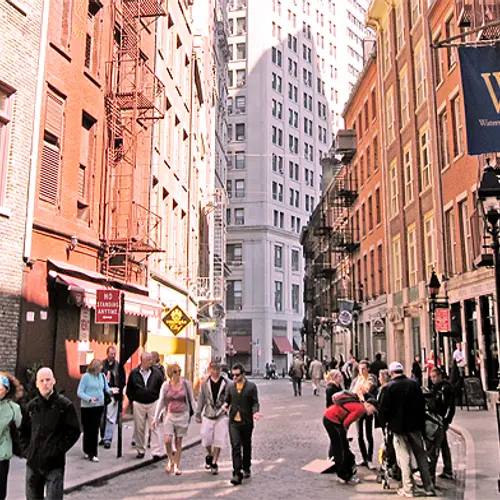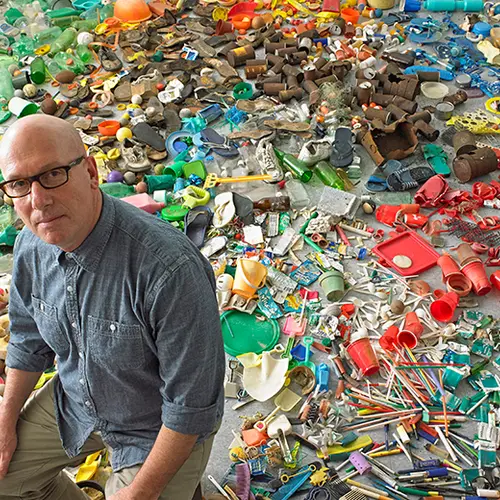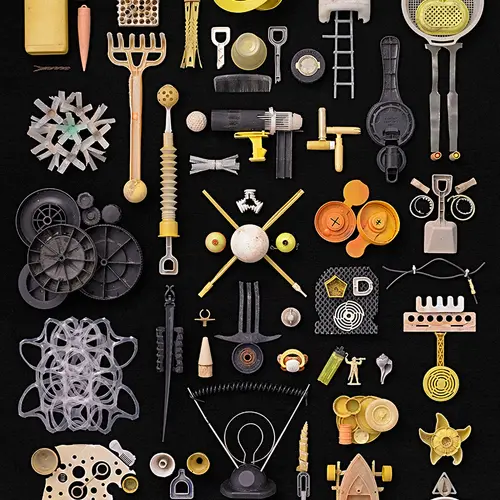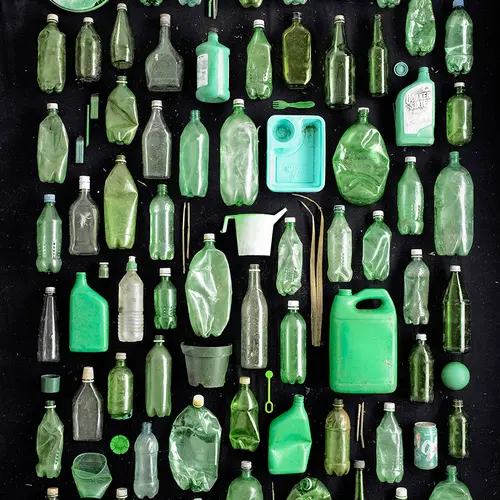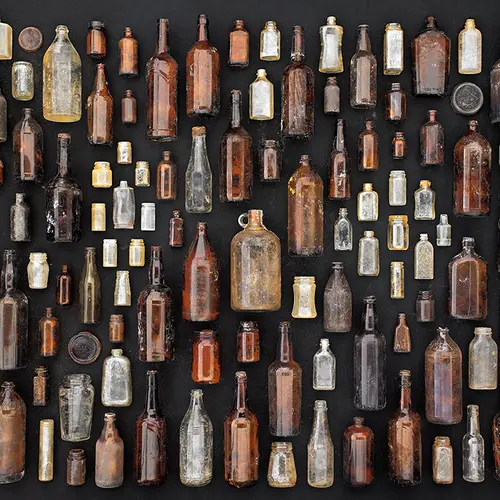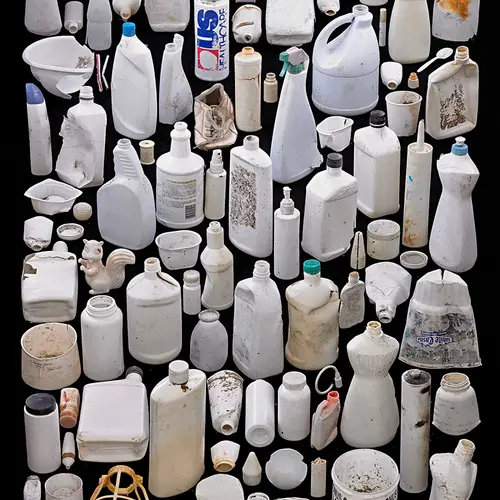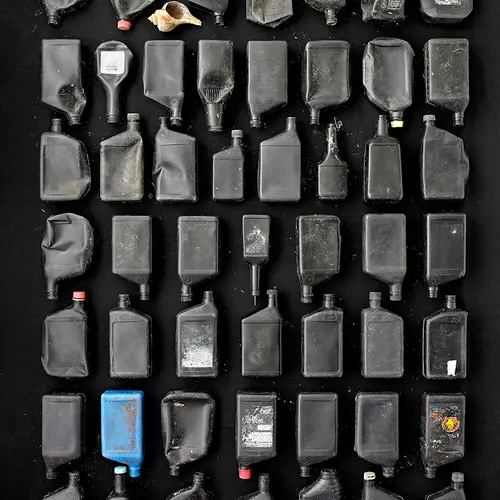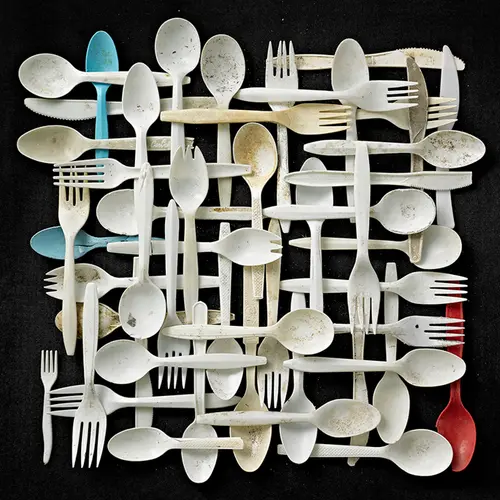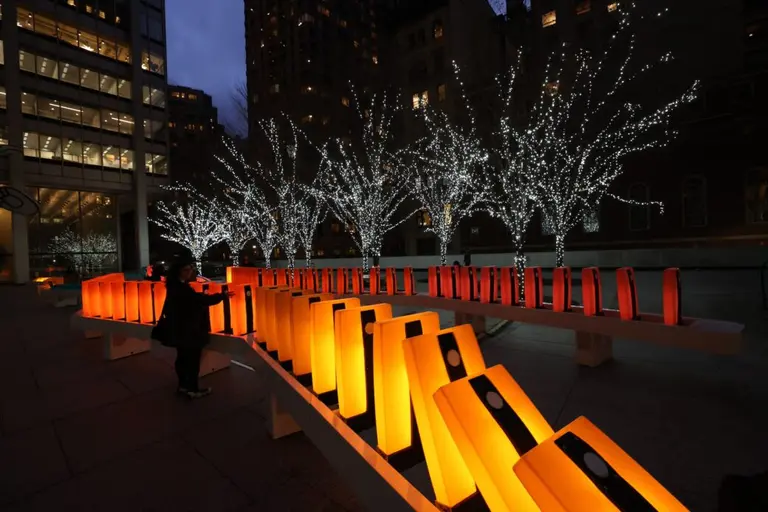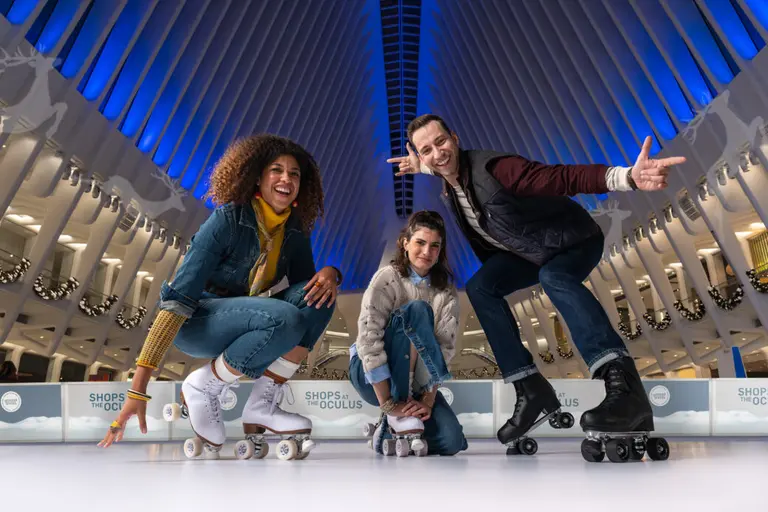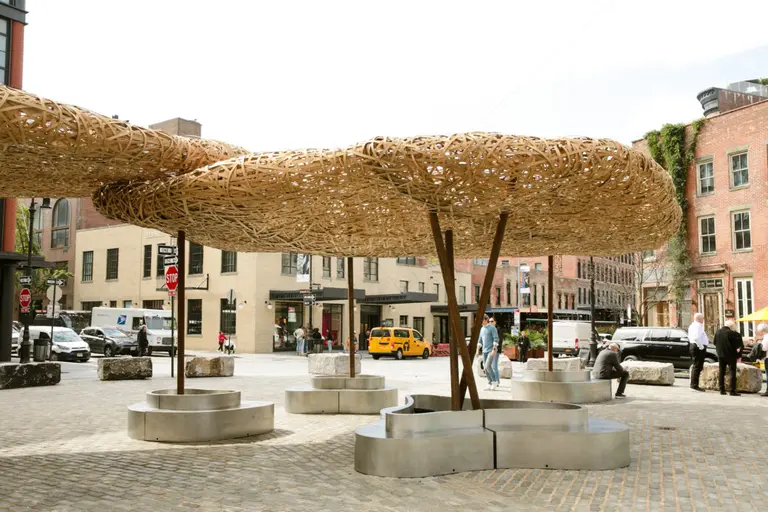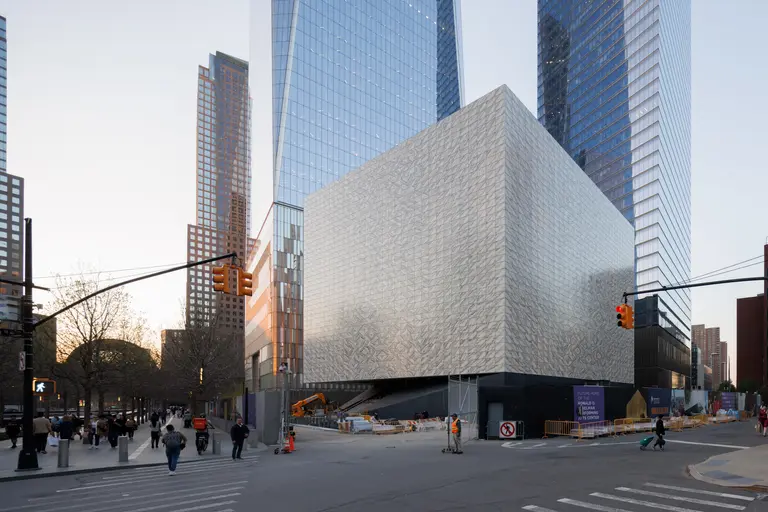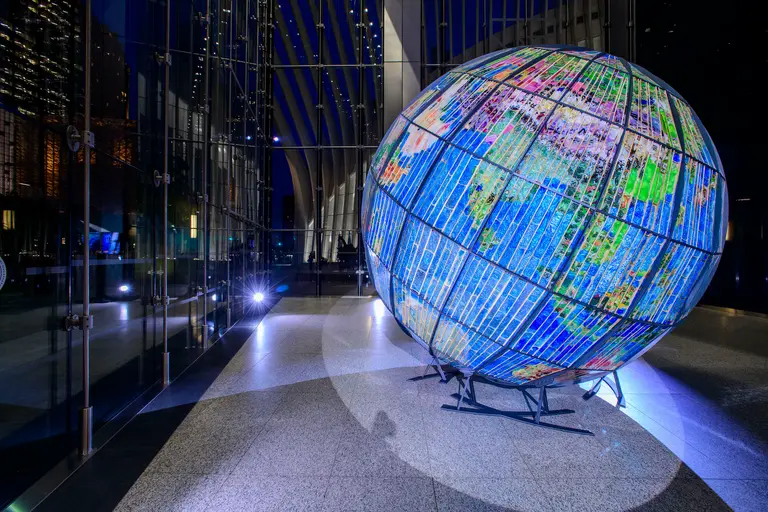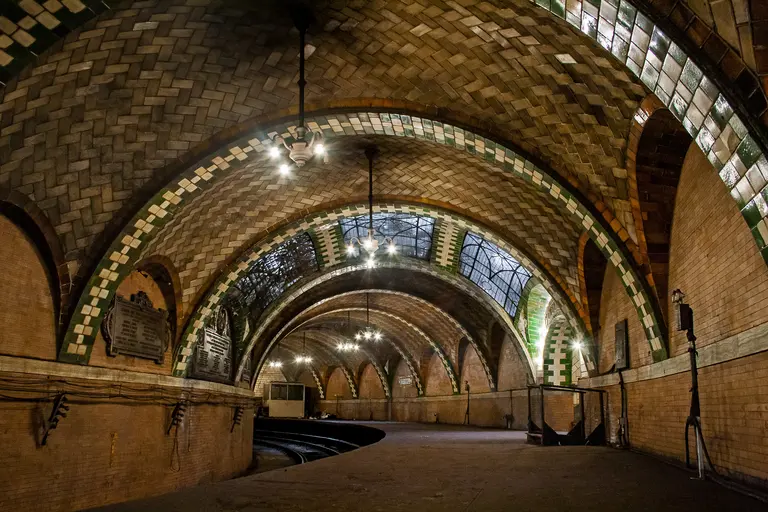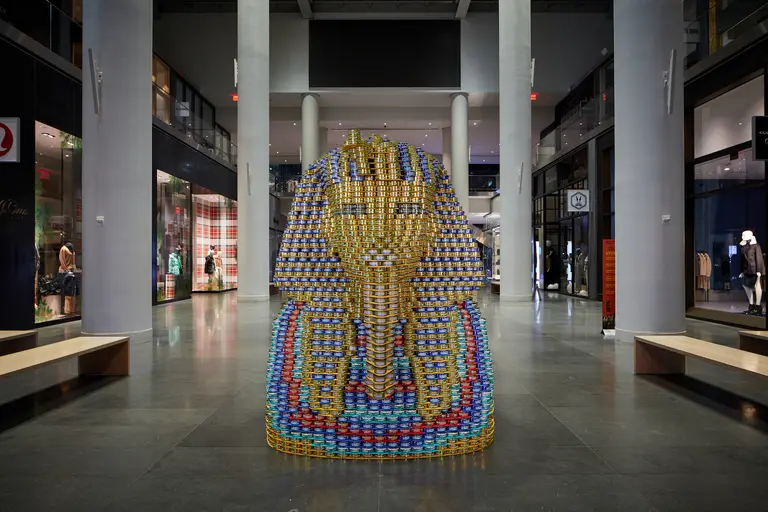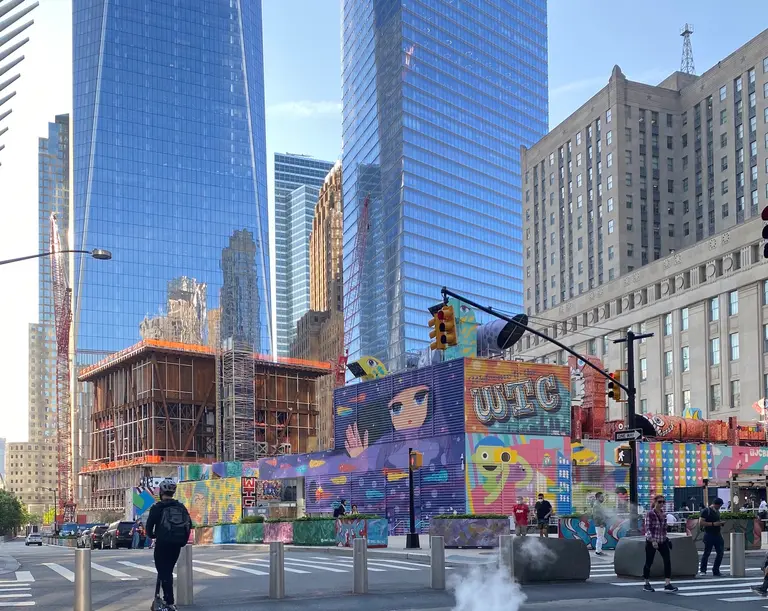New Yorker Spotlight: Photographer Barry Rosenthal on Living in the Financial District and Finding Inspiration in Nature
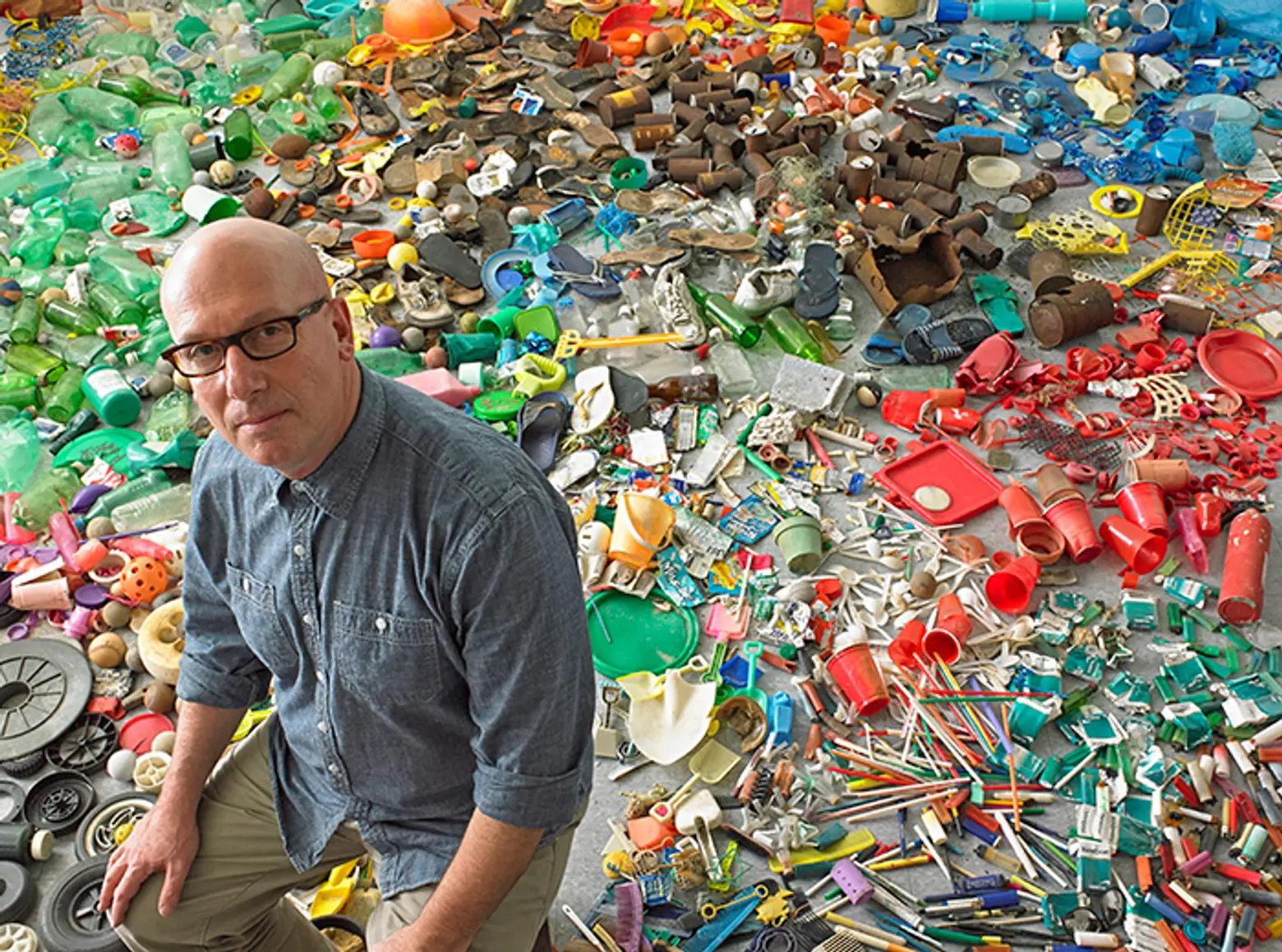
Photographer and artist Barry Rosenthal is inspired by nature. His latest series, Found in Nature, is a response to what he was seeing and feeling while out on beaches. Barry, whose pieces can be found in the permanent collection of the MoMA in New York City and the Springfield Museum of Fine Art in Springfield, Massachusetts, is himself being found through Found in Nature. The series was recently featured in Brazil’s National Geographic Magazine.
Although Barry works in nature, he has lived in the caverns of the Financial District since 1987. Long before the neighborhood would become popular with young professionals and families, Barry and his wife, Elyn, found that the area — then made up primarily of office buildings — had just what they were looking for: space. Over the last 25 years, they and their daughter Macie, now 18, made the Financial District their home. The family was certainly ahead of the curve.
As a New Yorker, I was curious to learn more about Barry. What was it like living in this neighborhood back in the ’80s, especially from the perspective of a photographer and artist with a keen eye for observing the world? Why did he decide to head out of his studio and work in nature?
Sitting on a bench near NYU on a sunny, but slightly brisk Sunday morning in late April, I spoke with Barry. Our conversation ranged from his neighborhood, to his latest series of work, to the water. What I discovered is that the Financial District has changed in many ways, but also has stayed the same. As for Rosenthal’s decision to work in nature, it was partially rooted in a desire to head out of the city.
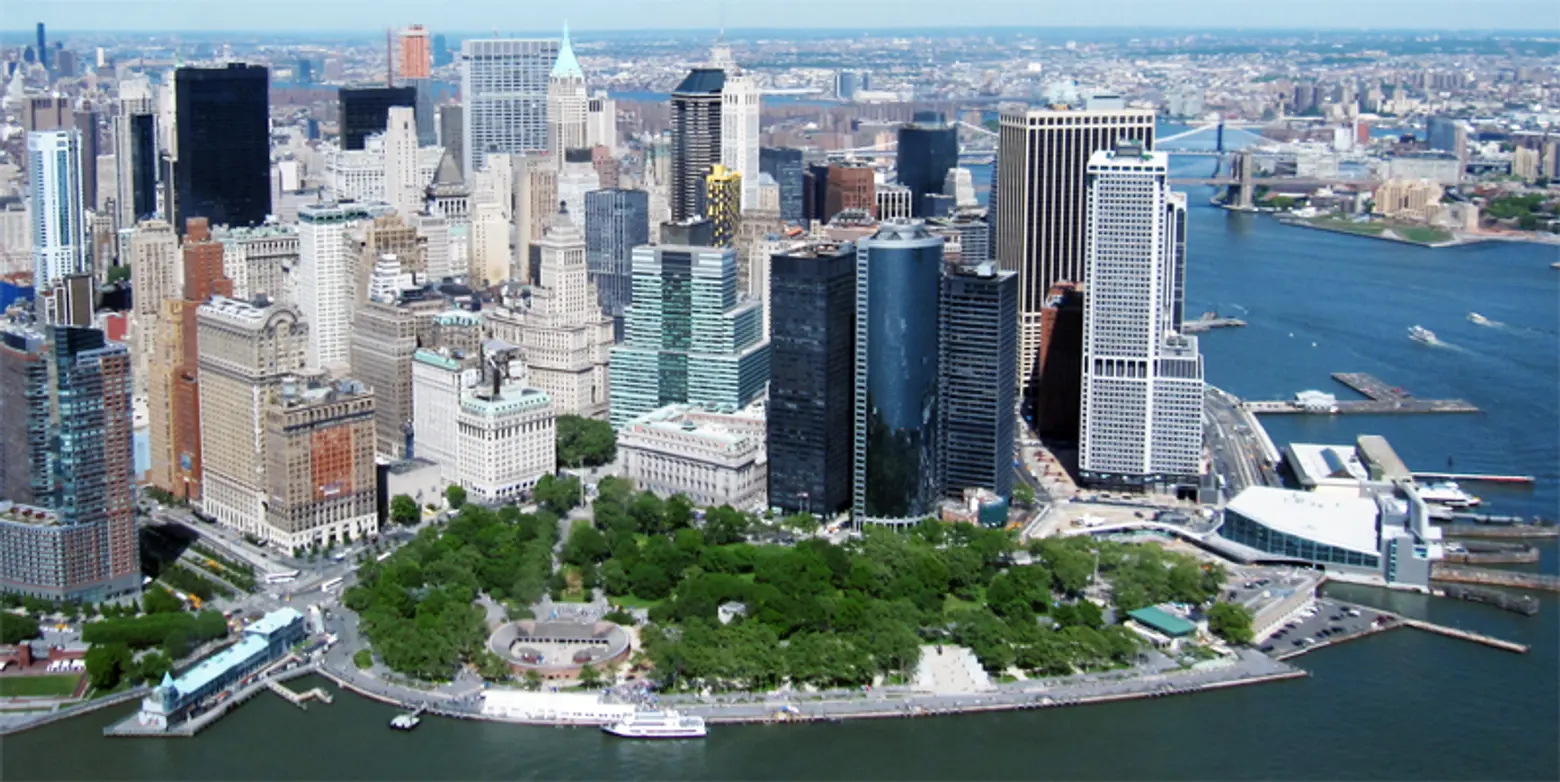
At the time you moved, the area was primarily office buildings. What inspired you to live amongst these buildings?
Elyn found it through the Times. At that time we were looking for a loft, and the apartments were all handmade and you had to rip down whatever was in there and pay them for what they had done. We had looked mostly in Chelsea and a little in the village.
This apartment was finished. It had an architect and they had a pretty good plan. All we had to do was paint it. The elevator opens into it. It’s a full floor. You have privacy. You don’t hear neighbors. That’s what sold me.
We were kind of pioneers at the time. People didn’t get it but when they saw it, they got it.
This was before Fresh Direct, where did you shop for groceries?
It was always a tricky thing. We didn’t have a car. In those days I was taking the subway to work so I would stop off on the way home at 14th street. We improvised everyday.
What was it like living in the area in 1987?
By 6 o’clock every night the streets were deserted. There weren’t even cars parked on our street. The first few days when we were living there, to break into pedestrian traffic on the sidewalk coming out of the building you had to wait for a gap. It was so dense with people going to work and everyone in a rush. You had to jump out into the sidewalk almost.
Then after the crash of ’87, which was six months after we moved in, it slowed down and changed drastically. A few years later, a lot of the building emptied out and it was very quiet down there for many years. They couldn’t figure out how to get commercial tenants and they hadn’t figured out that these buildings should be converted to residential. I don’t know how many years that was, but we had very few neighbors.
 Stone Street
Stone Street
How has the neighborhood changed over the last 25 years?
It’s different not so much for us, but everybody is much younger. The types of buildings that have been built are all amenities. There are things open past 6 now, but still not a lot of variety.
Why do you think people are gravitating towards the Financial District?
The apartments are bigger I think, but I think every place gets discovered.
What do you like about living in Lower Manhattan?
I do like that it’s away from the crowds. I kind of like that it’s unseen. It’s not so public. It’s nice that on the weekends its relatively quiet if you want to go out to the parks. There are some really nice parks on the Hudson. All the subways are there and transportation is pretty fast. I go to Trader Joe’s in Brooklyn and it’s one stop.
Do you have a favorite spot?
I like Bowling Green Park. It’s right down the street. The American Indian Museum is there. I like the building. It’s kind of like our neighborhood museum.
Have any of your projects focused on the Financial District?
For a while I was doing a project on some of the architectural details in the neighborhood. It was kind of my weekend hobby to get out early and photograph these metal plaques around the buildings.
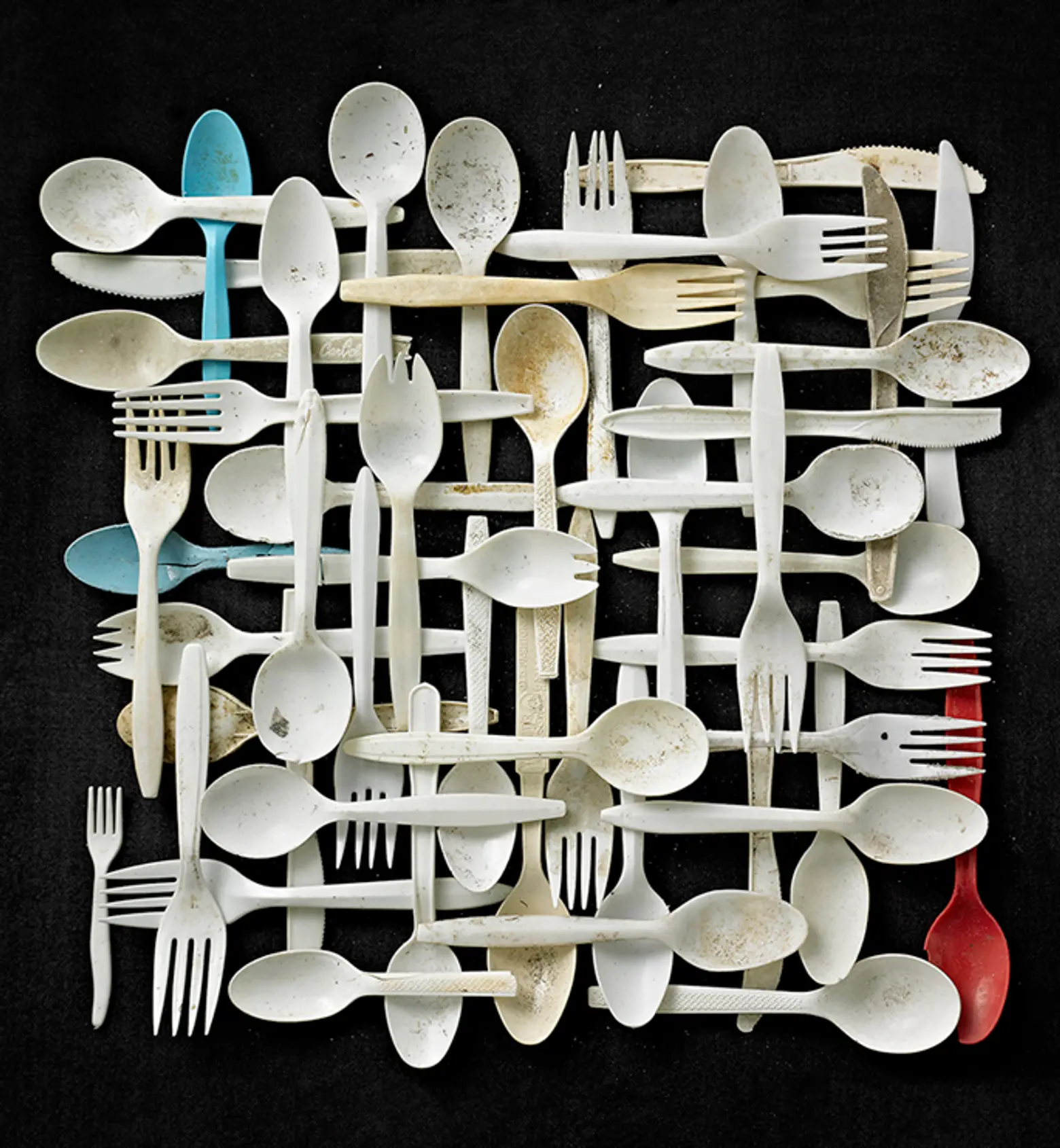
One of your most noted works is Found in Nature, which was featured in Brazil’s National Geographic Magazine. What inspired this series?
I started doing botanical pictures 10 years ago. It came about from putting myself out in the field. I got the idea of getting out and not staying in the studio. I started to see things because where I was going to look for plants was in marginal areas – on side of the road. They were weeds and weeds had garbage.
Every New Year’s we went to the Jersey Shore to visit with friends. This one year, I think it was 2007, I went looking for plants and I couldn’t find anything. I went to this bird sanctuary and instead of finding anything to shoot I came across this sand and found all this plastic stuff. I collected it and brought it back.
I want to recreate the feeling I felt the first few times I went out and I was shocked by how packed nature is with objects. Nature doesn’t care. It just piles it on. The first time I went to Floyd Bennett Field, the local National Park in Brooklyn, the beaches are not very clean. It looked like one of those stratified archaeological digs.
I switched subject matter and kept working the same way. I would go collect, sort it and shoot it the same day. I was taking the studio with me. Shooting everything outdoors. All the objects had to be miniature – rusted nails, lighters. The later evolution of the project moved into a studio and was able to do larger steel items and bigger collections.
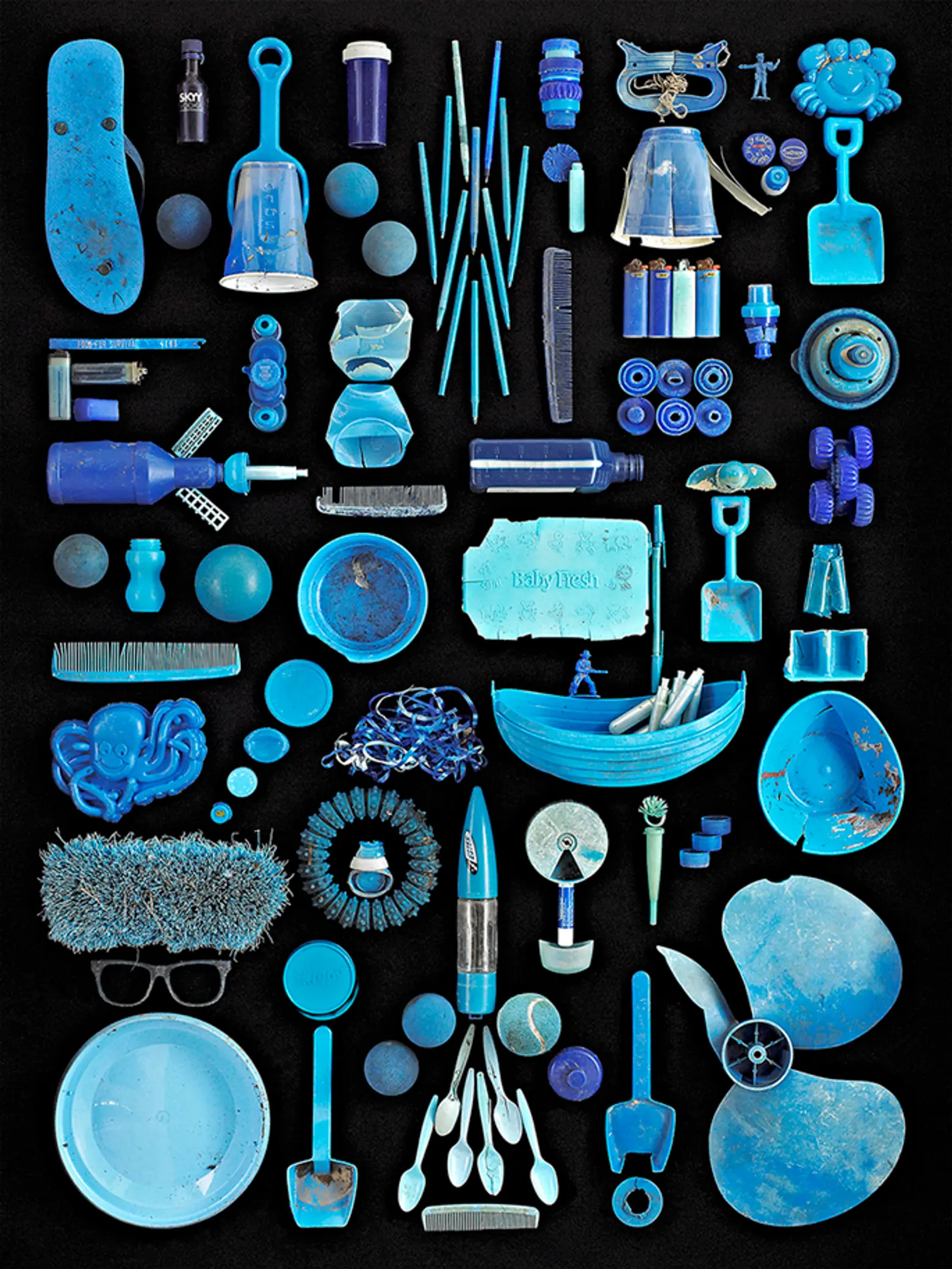
Have you found and used objects from your neighborhood in the series?
I look at things and I am inspired by things. I can’t help it. But I don’t pick things off the street. For some reason, it has to have the connection with the ocean or the beach. The whole project is around the ocean and water – things that get picked up in coastal areas that are being fed by rivers into the ocean or marshland.
Do you feel a strong connection to water?
I grew up near the water. I spent summers near Cape Cod. I like being near the water. I think it’s great that the Financial District is only a few blocks from the harbor. The chance to take a ferry is always a plus. It’s very relaxing to be out on the water.
My studio in Brooklyn in Sunset Park and is very close to the harbor. Every time I leave always make sure to look out at the water. When I leave I see the sunset. New York is not always the concrete jungle.
Do you think living in the Financial District pushed you towards spending time in nature?
Once you get home, you are there. You are in. I definitely wanted to be out in nature because of my home and I made a living working in the studio for so many years. I felt photography can be done elsewhere. I wanted to be outside for a certain part of my life.
Can you share a bit about anything you’re currently working on?
The series as far as I’m concerned is about half way done. I need more time. New Yorkers will certainly have more Found in Nature to look forward to.
(This interview has been edited)
